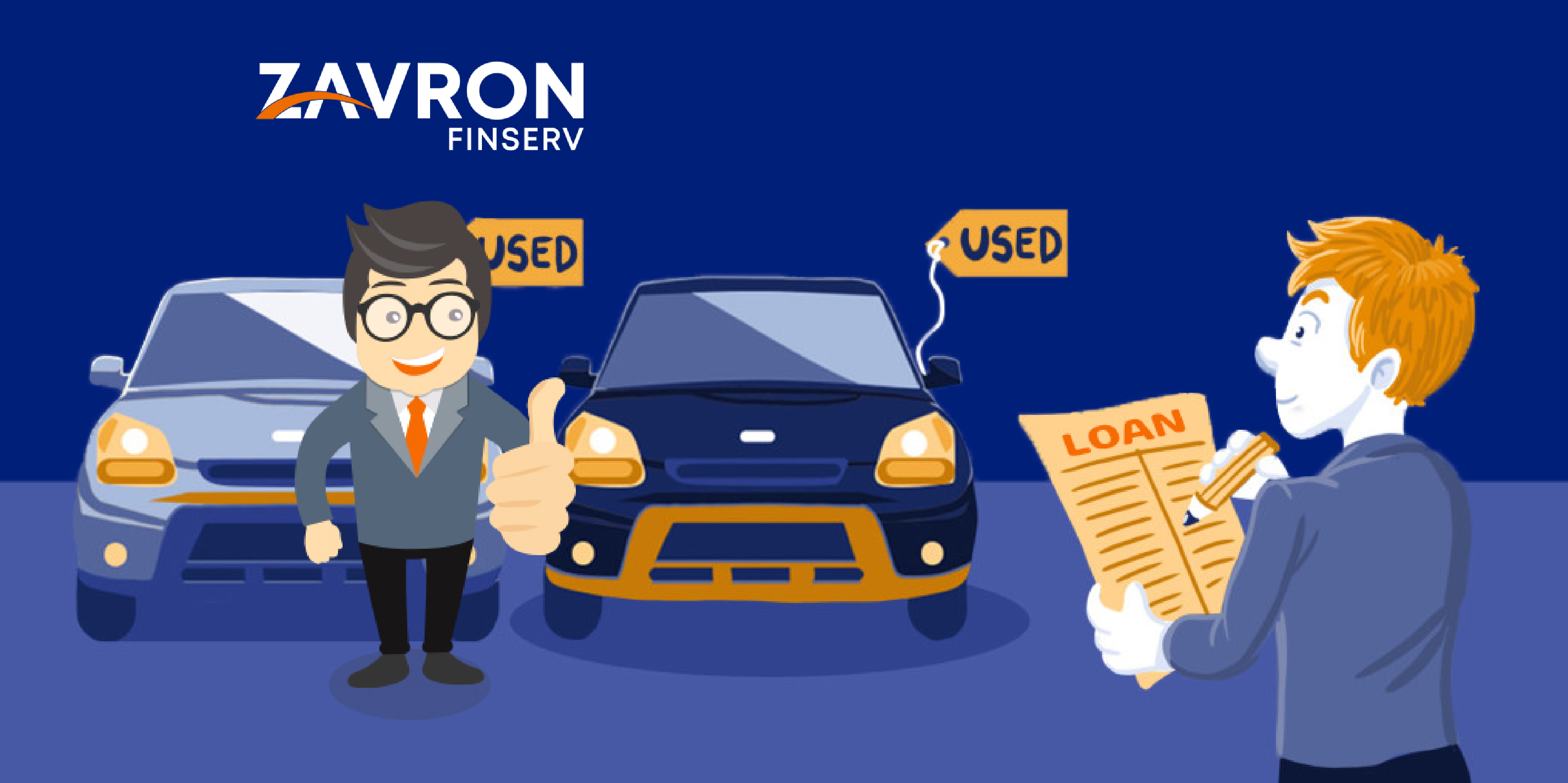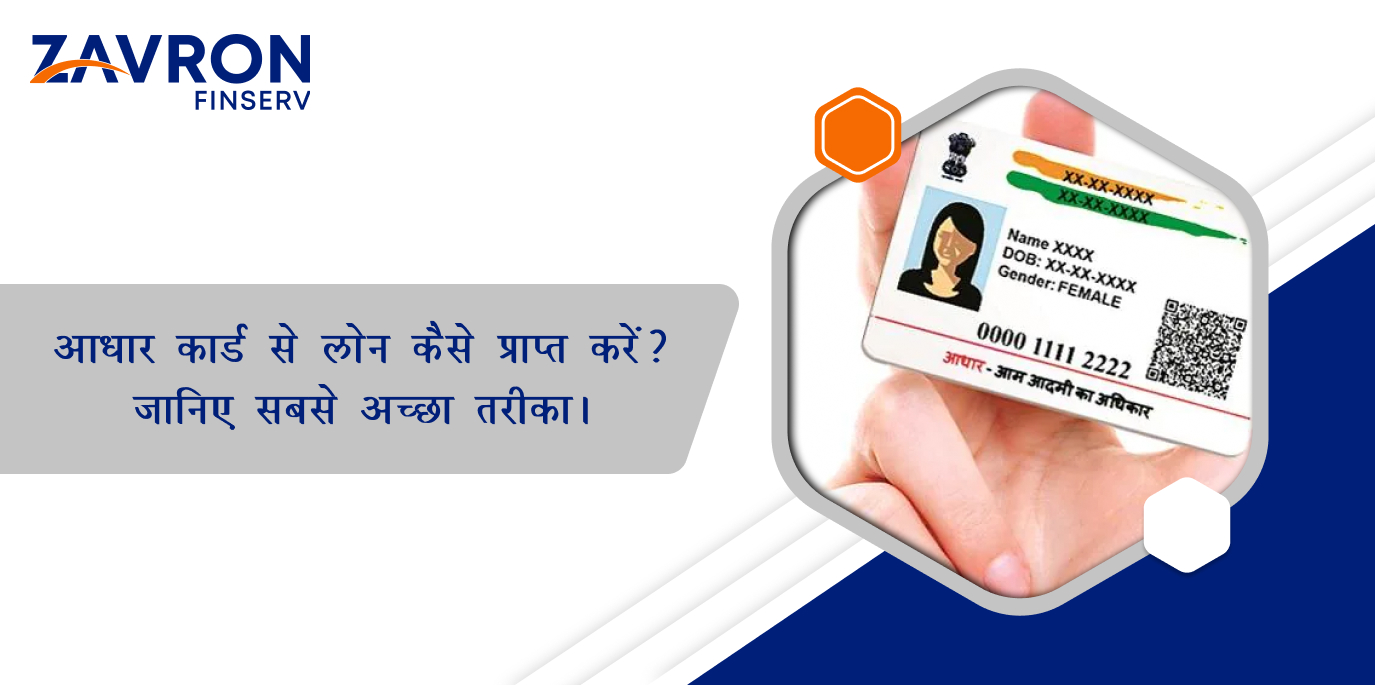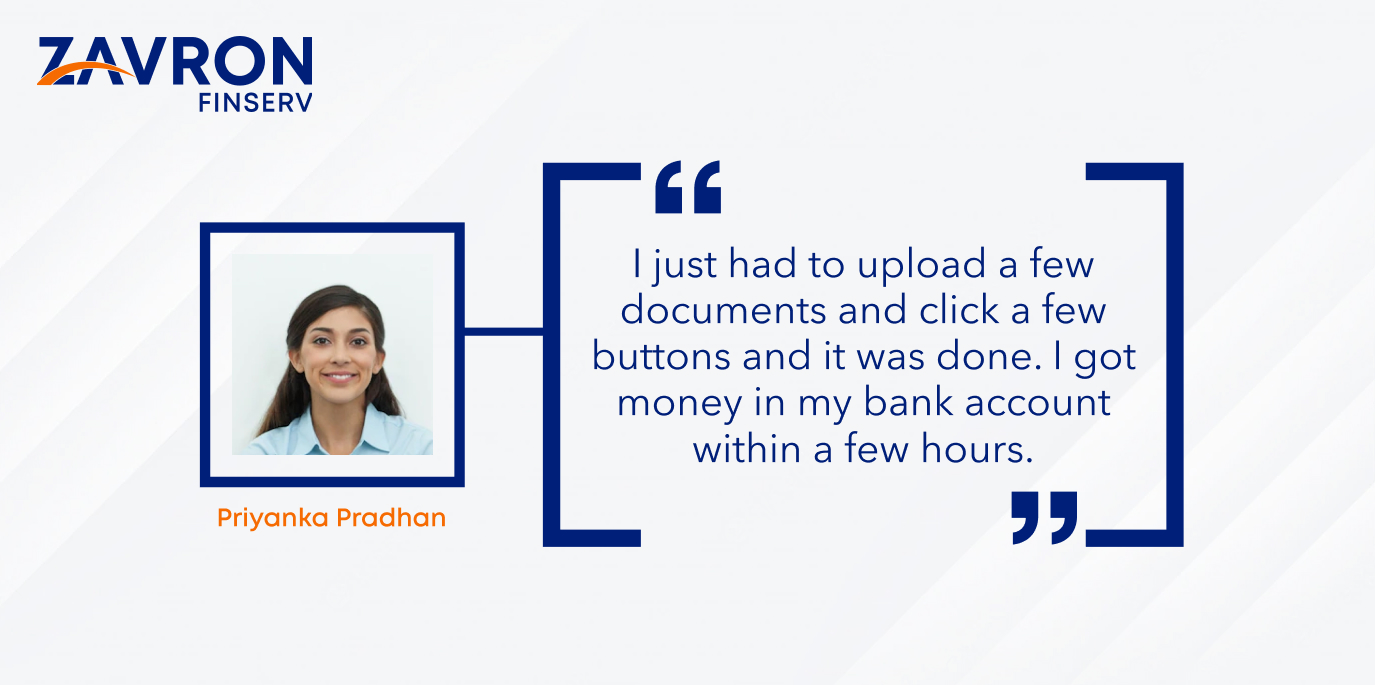
Sep 29, 2020 ●10 min read
New Car Loan VS Used Car Loan: What's The Difference?
New car loan or used car loan? It’s a daunting question just like, what is our purpose on earth?
This question is certainly frustrating. Opting for either a used or new car loan will make a huge impact on your finances as well as your living. Buying a new car is not only about arranging the money in place or opting for a loan. There are numerous factors that an individual needs to understand when it comes to buying a car. Simply picking a model and brand of your selection is also not the sole choice you have got to make while shopping for an automobile. One of the primary queries you have to face is whether or not you would like to buy a new car or a second-hand car. Opting for either of the choices can make an enormous distinction to your finances. Additionally, if you're planning to decide on a loan, you would like to seek out whether you qualify for a loan or not.
Usually, corporations provide three kinds of car loans – new car loans, used car loans, and loans against cars. One opts for a new car loan when buying a brand new automobile. The new car loans are offered at interest rates starting from 8 percent to 15 percent per annum.
Used car loans are typically offered by banks and lenders when a person opts for a second-hand or a used car. The rate of interest for these loans is slightly higher compared to that of new car loans. However, note that the loans against pre-owned cars are available for cars that don't seem to be older than 5 years.
Loan against a car, as the name suggests, can be induced by keeping an old car as collateral to the bank.
Advantages and disadvantages of a brand new car loan
Advantages:
When it comes to taking a car loan, banks opt to disburse loans for brand new cars because relatively the risk is lower, whereas the loan amount disbursed is also higher. it's so because new cars go along with a warranty from the manufacturer, hence, it reduces some work for the lenders.
In the case of a new car, a borrower will get a loan concerning 90 percent of the value of the car. various banks also offer new car loans on the ‘on-road’ cost that reduces the burden of the borrower. At the same time, interest is also low.
The tenure of those loans typically varies between 5 and 7 years, benefiting the borrowers who will manage their EMIs comfortably. The rate of interest in the new car loans ranges from 8 percent onwards.
Disadvantages:
When taking a loan to finance a brand new car, there are certain things to bear in mind. For instance, as there's an insurance premium hooked up to the new car, note that your annual money outflow can rise. The entire outflow will increase because of the insurance premium, even if the rate of interest is low.
Advantages and disadvantages of a second-hand car Loan
Advantages:
Most importantly, the price of a used car is lower than that of a brand new car. Hence, the cost of insurance for the borrower also will reduce. With a second-hand car loan, not only the borrowing amount will be lower, however, the repayment terms will also be flexible. Borrowers are usually permitted a tenure of 4-5 years to make the repayment of the loan.
Disadvantages:
In the case of a used car, the loan amount is typically restricted to a maximum of 80 percent of the price of the automobile. The remainder of the cash will have to be the borrower’s own down payment. With old car loans, the rate of interest is additionally higher as compared to the new car loans. For instance, the interest rate ranges from around 10 percent to 17 percent, hence, the EMI burden will be higher.

LICENSED BY RBI
ZAVRON FINANCE PVT LTD
RBI License no.:- N-13.02268
CIN:- U67100MH2017PTC292183






